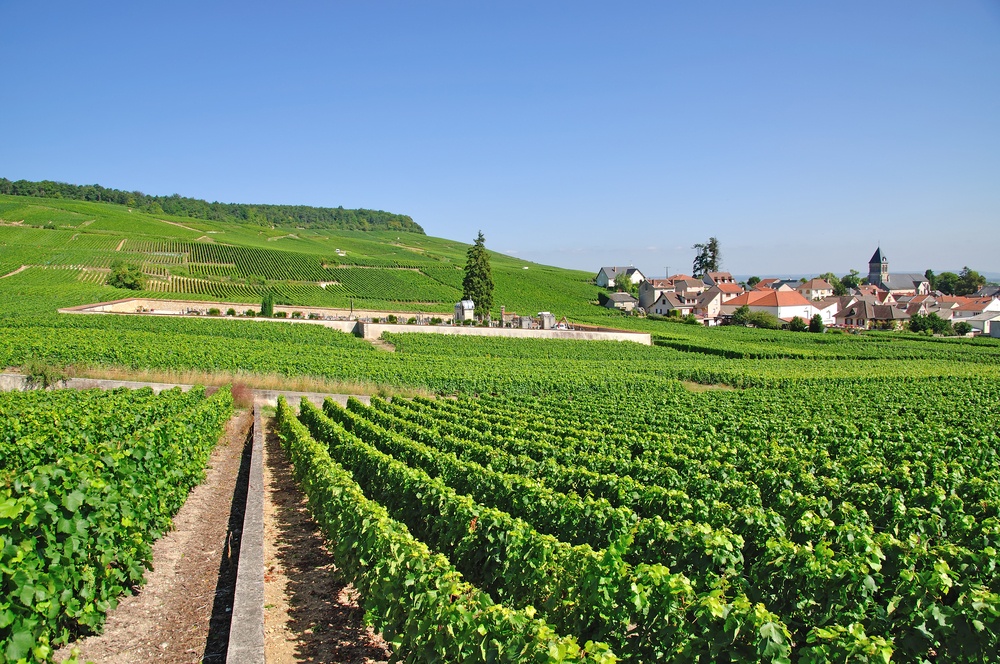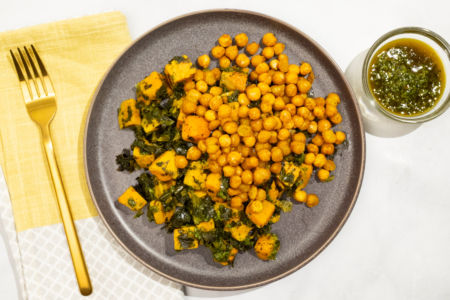There are few alcoholic beverages more iconic and more closely associated with prestige and class than Champagne. This fascinating fizzy drink has been around for several hundred years and is still extremely popular. In fact, over 300 million bottles are produced per year and that output seems unlikely to slow down anytime soon.
Despite its appeal, selecting Champagne can be a bit of a daunting prospect. There’s a multitude of options to choose from and the high price of bubbly makes picking the right bottle more stressful than it should be. But with New Years just around the corner, it’s time to familiarise yourself with this most refreshing of tipples. So to that end here’s a crash course in Champagne.
Origin
Legend states that a French Benedictine monk called Dom Pérignon invented sparkling wine in the Champagne region in the late 1600s. However, while it may be embarrassing for the French to admit, the invention of sparkling wine as we know it today is actually attributed to the English scientist Christopher Merret. Merret documented the process of adding carbonation through fermentation several years before Pérignon is supposed to have discovered it.
Despite this inconvenient truth, it’s important to recognize that while Pérignon may not have invented sparkling wine, he did contribute to the development of the processes that are still used today.

While sparkling wine was first developed in the 1600s, Champagne as we know it was only first introduced to the public in the mid-1800s when Adolphe Jacquesson invented the muselet. Muselets are the wire cages that fit over the corks of sparkling wine. Prior to the invention of these useful little devices, sparkling wine was sealed with wooden corks and wax. This process was inconsistent and bottles would often burst open unexpectedly. The introduction of the muselet solved this issue and allowed Champagne makers to increase production and further market their product. Over the course of a 50 year period, the region went from producing 300,000 bottles a year to over 20 million.
Geography

As the name suggests Champagne is produced in the Champagne region in the north of France. There are five major areas comprising over 84,000 acres in this region that produce Champagne. These regions are Montagne de Reims, Côte des Blancs, Vallée de la Marne, Côte des Sézanne, and the Aube. Champagne is usually a blend of three specific grapes: Pinot Noir, Chardonnay, and Pinot Meunier, and each of these regions focuses on growing one or a few of these grapes.
While most of us refer to any sparkling wine as Champagne, there are strict regulations and legal mechanisms that prevent the use of the name Champagne by vineyards outside of the region. Therefore, unless the sparkling wine is produced in the region it cannot be marketed or sold as Champagne.
Production

The process of adding bubbles to Champagne is a time-consuming process. However, it’s worth it for the bubbly zesty beverage that it creates! Bubbles are added to sparkling wine through fermentation and there are four major processes that can be used depending on the wine. These methods are the Classic method, the Charmat method, the Tank method, and the Carbonation method. Champagne is made using the Classic method, which is one of the more time consuming and expensive methods available.
The process begins with the mixing of a base wine. This wine is often made from underripe grapes and is extremely acidic. Next sugar and yeast are added and the wine is sealed in a container. The yeast consumes the sugar and releases carbon dioxide. This pressurizes the container and results in the wine becoming carbonated.

Next, the wine is aged on the lees for at least two years. During this time the wines are stored upside down in bottles. While aging the bottles are rotated 90 degrees every day. This process, called riddling, causes all the dead yeast to collect in the bottle neck.

Once the aging and riddling are completed, the neck of the bottle is frozen. This freezes the dead yeast that collected at the neck. The bottle cap is then opened and the yeast is removed. This process is called disgorgement.
Finally, depending on the Champagne, additional sugar is added before the bottle is sealed.
Check in next week where we will continue our guide with a look at how to pick the right bottle of Champagne.



